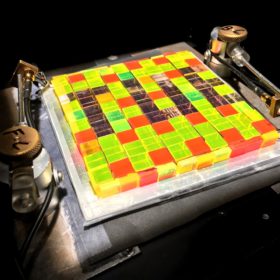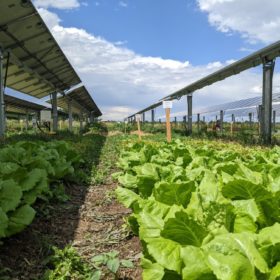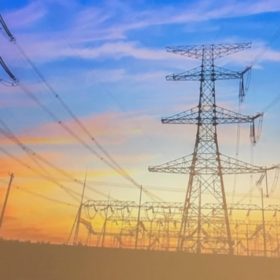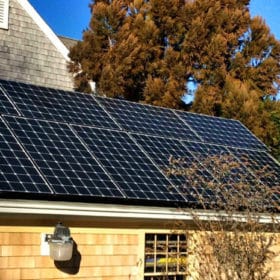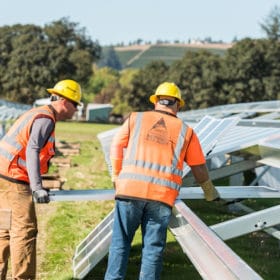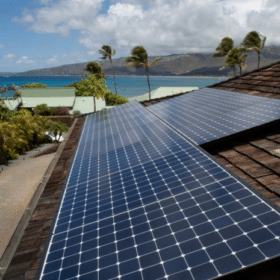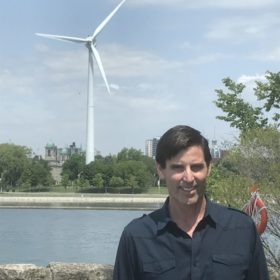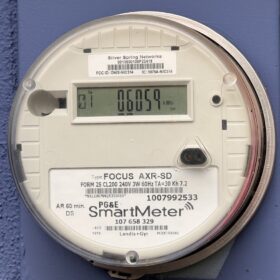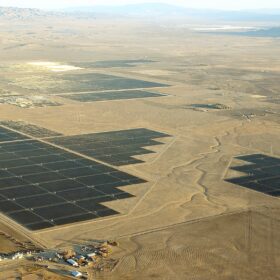Cubical luminescent solar concentrator devices in urban environments
An international group of researchers has developed a cubical luminescent solar concentrator (LSC) PV device that can be assembled in mosaic configurations for applications in urban environments. The best-performing device achieved a power conversion efficiency of 11.6%.
EV shipping is set to blow internal combustion engines out of the water
Modeling 5 to 10 GWh electrified containerships, researchers find that 40% of routes today could be electrified in an economically viable manner, before considering environmental costs.
Jack’s Solar Garden blends agriculture, solar energy, and community
The Boulder, Colorado community garden serves as a case study and research site for the practice of agrivoltaics.
Sunrise brief: NREL releases a list of easily searchable solar ordinances
Also on the rise: EDF Renewables activates four energy storage projects in California. New IEEE standard may ease interconnection woes. And more.
Adopting new IEEE standard could ease interconnection, says EPRI executive
The IEEE 2800 standard would make the transmission grid interconnection process more efficient, and updating modeling and performance requirements would help ensure system reliability, according to an executive from the Electric Power Research Institute.
New platform centralizes PPA market data
LevelTen Energy, a renewables transaction infrastructure company, has launched a new platform to simplify and accelerate power purchase agreement market analysis. The new platform, MarketPulse, provides 24/7 access to PPA price data, renewable energy project data, and analytics.
Massachusetts Governor signs major climate bill
Clean energy act relaxes net metering caps, incentivizes pollinator-friendly solar, and pushes grid modernization.
US Congress passes landmark Inflation Reduction Act
Passage of the act sets US solar industry on a new trajectory—increases Made in the USA manufacturing, boosts solar and battery recycling, incentives electric vehicles, and more
Designing for 100% renewables with real-time retail pricing could yield benefits of 9% or more
Including real-time pricing of retail electricity in the design of a high-renewables system would “markedly” lower the system’s cost, researchers found, in an analysis for the island of Oahu, Hawaii. For continent-scale systems as well, they said the resulting demand-side flexibility is likely substantial.
Study finds 100% renewables would pay off within 6 years
New research from Stanford University researcher Mark Jacobson outlines how 145 countries could meet 100% of their business-as-usual energy needs with wind, water, solar and energy storage.
